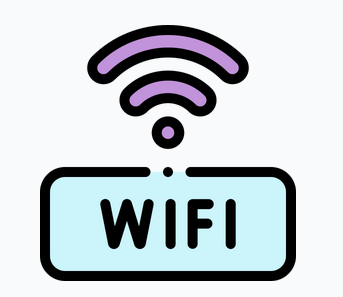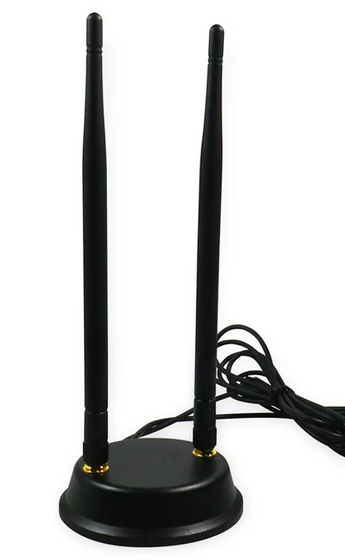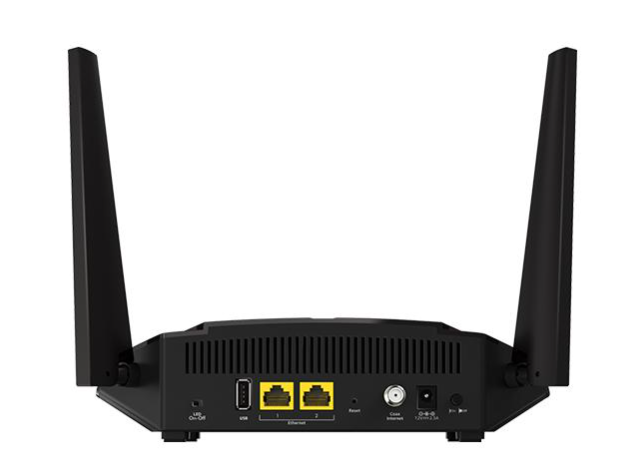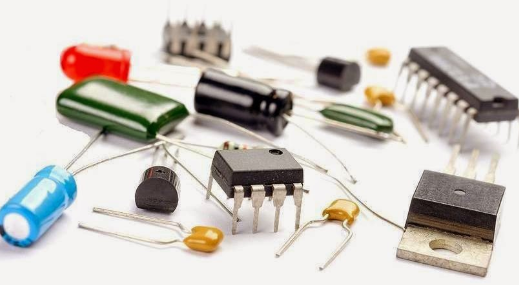OUTLINE:
Exploring the Electronic Components That Keep Us Connected
 132
132
Have you ever wondered what makes WiFi work? It's not magic, it's a whole bunch of electronic gizmos and gadgets working together to keep us connected to the digital world. From antennas to modems, processors to power managers, WiFi devices are a complex web of components that keep us streaming, gaming, and scrolling for hours on end. So let's take a closer look at the secret of WiFi and the personalities of the electronic components that make it all possible.
WiFi uses a variety of electronic components to enable wireless communication. Some of these components include:

Antennas: WiFi antennas are used to receive and transmit wireless signals. They come in different shapes and sizes, and their design can affect their performance. Internal antennas are often used in consumer devices like laptops and smartphones, while external antennas are used in larger devices like routers and access points. Antennas can be directional or omnidirectional, meaning they can either focus the signal in a specific direction or transmit it in all directions.
Processors: WiFi processors are responsible for managing and controlling WiFi connections. They can be dedicated chips or embedded processors. These processors handle tasks like network authentication, data encryption and decryption, and network packet processing. They also manage power consumption and handle other tasks like managing the user interface.

Modems: WiFi modems are responsible for converting digital signals into wireless signals and vice versa. They can be standalone devices or integrated into other components like routers and access points. Modems use a technique called modulation to convert digital data into analog signals that can be transmitted over the airwaves. They also use a process called demodulation to convert the analog signal back into digital data.

Wireless chipsets: Wireless chipsets are used for receiving and transmitting WiFi signals. They include multiple components such as amplifiers, filters, and modems. These chipsets are often integrated into devices like routers, access points, and wireless adapters. They are responsible for managing the signal strength, frequency, and bandwidth of the wireless signal.
Power managers: WiFi devices require power managers to control battery usage and charging. These components help to maximize battery life and ensure that the device is always ready to use. They can also manage the power consumption of other components like the processor and wireless chip set.

Memory: WiFi devices require memory to store network settings, user information, and other data. Memory is used to store things like network names and passwords, user preferences, and other data that the device needs to operate. Memory can be volatile or non-volatile, meaning it can either retain data when power is removed or lose it.

Capacitors and inductors: These components are used for filtering noise and stabilizing power. Capacitors are used to store and release electrical energy, while inductors are used to store and release magnetic energy. They are used to smooth out power fluctuations and filter out unwanted noise from the power supply.
Transistors and Integrated circuits: Transistors and integrated circuits are used for controlling and processing WiFi signals. Transistors are used to amplify or switch electrical signals, while integrated circuits contain multiple transistors and other components on a single chip. These components are used to process and manipulate the wireless signal, and they are often used in the wireless chipset.
Resistors: Resistors are used for controlling current and voltage. They are used to limit the flow of electrical current or divide voltage in a circuit. They are used in a variety of components in a WiFi device, including the power supply, wireless chipset, and other components.
Wi-Fi technology is the result of a complex interplay between various electronic components. These components work together to ensure that we can stay connected and enjoy the benefits of the digital world wherever we go. By utilizing a variety of electronic components to enable wireless communication, each component plays a critical role in achieving WiFi functionality and improving performance.

Disclaimer: The views and opinions expressed by individual authors or forum participants on this website do not represent the views and opinions of Chipsmall, nor do they represent Chipsmall's official policy.

share this blog to:

